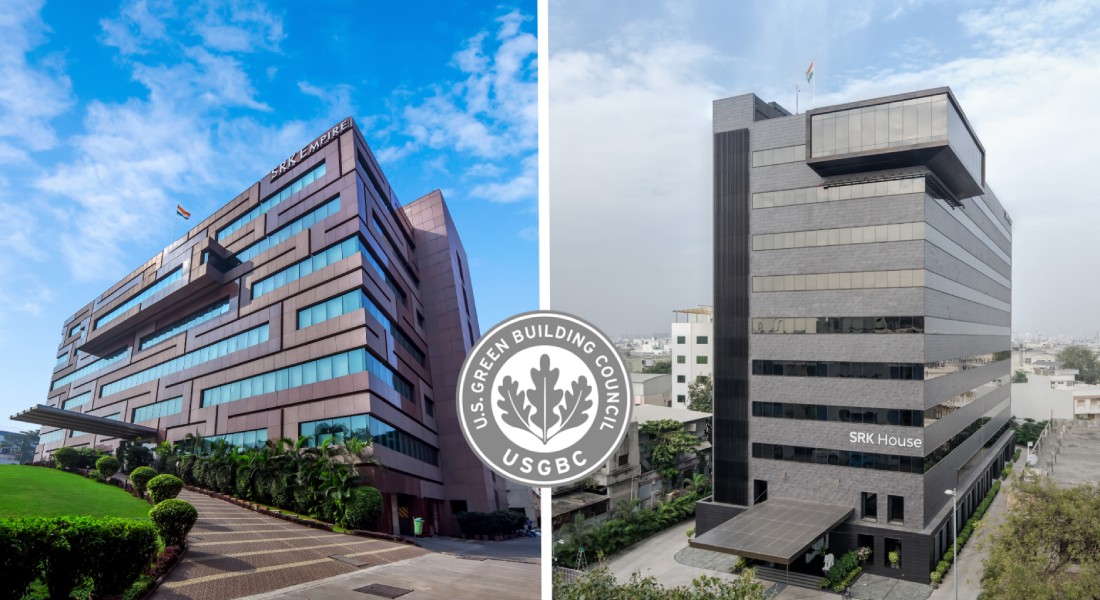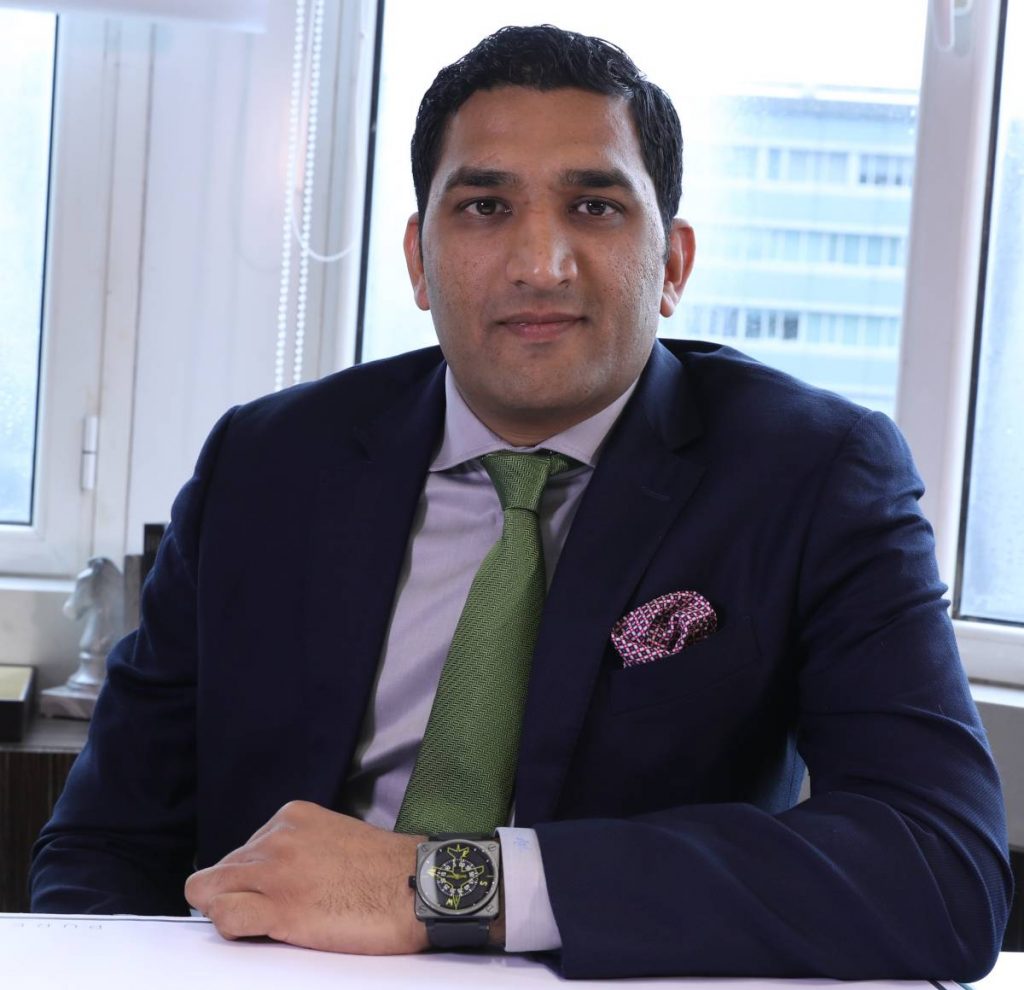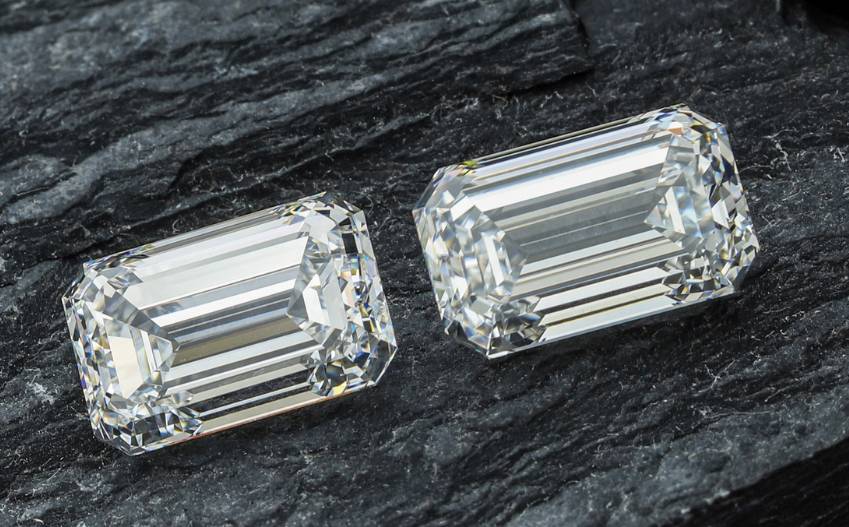Shreyans Dholakia, entrepreneur and brand custodian at Shree Ramkrishna Exports (SRK), discusses the changing trends in the diamond manufacturing sector and how SRK transformed itself into an environmentally conscious company.
Shreyans Dholakia, is the suave heir apparent of SRK and the legacy built by Govind Dholakia (aka kaka), one of the legendary figures of the Indian diamond industry.
Govind Kaka’s roots were humble. A farmer’s son, he started his career as a diamond polisher earning a salary of Rs.103 per month and went on to become a billionaire employing 5,000 people.
His son, Shreyans, has a string of degrees. A Regent University graduate, he has done postgraduate executive courses from Harvard Business School and IIM Ahmedabad. He speaks exclusively to Solitaire International about the future of business for SRK.
How has diamond manufacturing changed in the last two decades?
In the last 15 years, diamond companies have changed completely in terms of the infrastructure, and people practices as well. Diamantaires in Surat are upscaling their factories to highlight the face of a brand-new India to the world.
At SRK, my father was clear at the outset that we were in the diamonds business for the long term. His brief to the architect was to design and build a factory that would last for at least 50 years.
To improve efficiency, productivity, and health, we began providing free lunch to our entire staff 25 years ago. The diamond industry is close knit and entrepreneurs learn from each other … best practices are emulated and soon become an industry standard. So, everybody is learning from each other. We helped many companies to set up their kitchens.
Tell us more about the concept of green buildings and factories.
At SRK, we have an open culture. Any one is free to visit our factories in Surat even if they are not from the diamonds industry. On an average, we get 20 visitors per day, and it is great to exchange ideas.
Our first factory was built in 2011. We did not know the concept of a green building. Our architect played a key role and wanted us to consume less power and save costs. Once we had a consultant visiting our factory who introduced us to the concept of green buildings. So, we applied to the United States Green Building Council. We first became the member of this certifying agency, and later, their officials visited us and certified our factory as silver.
For a building to be certified as ‘green’ many parameters such as internal water management, waste management, Air Quality Management, light management, the movement of people’s (traffic management) are considered. We therefore had to make a lot of modifications to qualify as a green company.
When we built the new factory, all these parameters were taken care of during the inception stage itself. Today, sustainability is a buzz word, but in 2014 the sustainability concept was quite new in our industry. So, when we got this factory certified as LEED Platinum, we realised how big this achievement really is. There is not a single factory which has a platinum certificate, except SRK.
This is one of our ways to change the perception of how the world views the Indian diamond industry. Unfortunately, the wrongdoings of some players are highlighted on the first page of tabloids, but a lot of good initiatives are not promoted enough.
Tell us about the impact of technology on diamond manufacturing.
In the last 20 years, the diamond manufacturing processes have become digital and data driven. Earlier the margins were higher, and reliance on human skills were paramount. In our factory, yields and output in cutting and polishing differed from person to person. Not anymore. Now, technology is offering standardised outputs; the machines have offered us all a level playing field and brought in transparency in the business.
On the flip side, our margins have become slimmer. Ultimately, it is still a human-driven industry because efficient and motivated human beings can derive maximum output from machines. In a technology-driven business, humans can extract 2% to 3 % more value, and this is a significant addition to the bottom line.
The key to success is to treat your people well so that one can retain them for a long time.
We would like to know about SRK’s digital journey.
With the advances in technology, we have started understanding our diamonds well. Our customer survey revealed that most visited our office to check diamonds under a loop before buying.
That prompted us to develop our grading system to help the clients make informed purchase decision. One way was that if we manufactured diamonds as per customers’ needs, it’d be easy for them to purchase online.
That’s how we began our online journey. Initially, we also offered them the option of sending pictures, and later, we sent HD videos. Sales grew 20% just by sharing pictures of the diamond lots. With the HD video, sales grew up to 60% as customers could see inclusions, deflections, etc, carefully.
Demand for diamonds has picked up post pandemic and there is a shortage in supplies. What are the market trends? How will the small size diamonds sell as compared to the bigger diamonds?
Earlier India was into manufacturing only small diamonds. With advances in technology bigger sizes were preferred to increase the top line. But as soon as the lab-grown diamonds came on the scene, unscrupulous traders started mixing them with naturals, thus impacting the trust factor.
For the sake of transparency, those who were processing larger sizes began issuing certified stones.
But we are gradually witnessing a consolidation among small diamond manufacturers as they are unable to justify the manufacturing costs, heavy investment in detection machines, and lab certification charges.
How is the market for fancy shaped diamonds?
It is going great. Only making round diamonds do not fetch good margins, and we began promoting fancy shapes some 15 years ago. Today, a first-time diamond jewellery buyer prefers a round shape. But with subsequent purchases, a buyer becomes more experimental and opts for fancy cuts.




